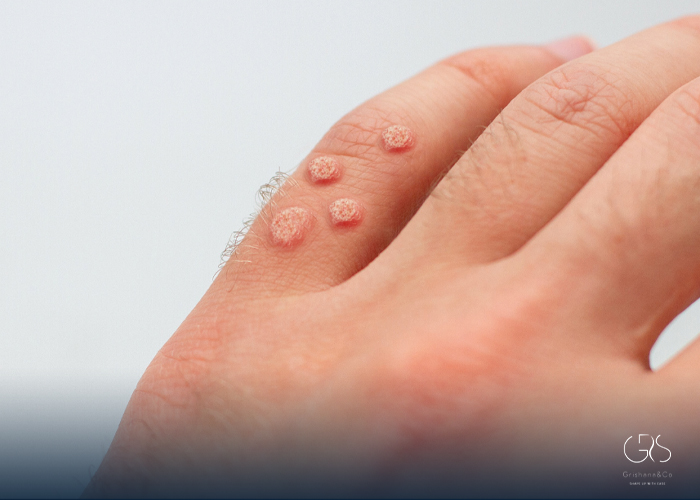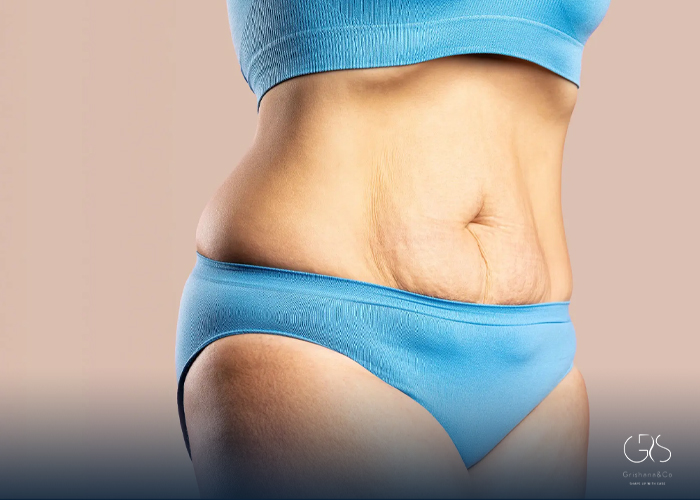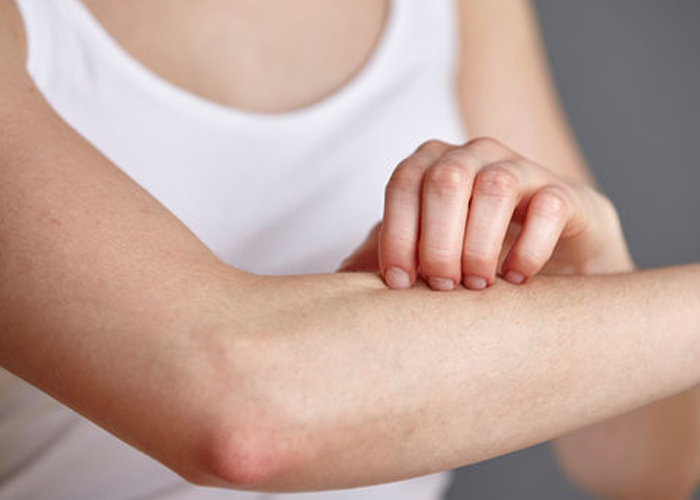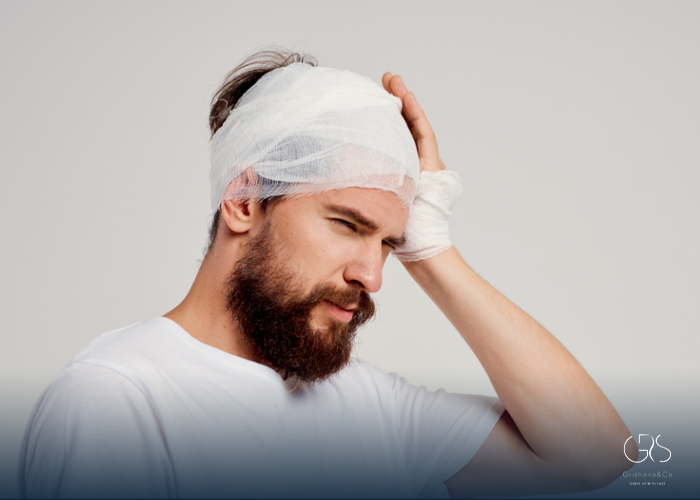Warts are common skin growths caused by the human papillomavirus (HPV). They are typically harmless but can be unsightly and sometimes painful, prompting individuals to seek out wart removal methods. In this article, we will explore how to identify warts, common wart removal methods, prevention tips, and when to seek medical advice.
Identifying a Wart:
Identifying a wart is the first step in the removal process. Warts can appear anywhere on the body and vary in size and shape. They can be identified by their rough texture and often have small black dots caused by blood vessels that have clotted within the wart. Warts are categorized into several types, including common warts, plantar warts, flat warts, and genital warts. It is essential to differentiate between them for appropriate treatment and prevention of spread.
According to the American Academy of Dermatology Association, approximately 7-10% of the population has warts at any given time, with children and young adults being the most commonly affected group .
Common Wart Removal Methods:
There are various methods for removing warts, each with its own benefits and risks. It is important to choose a method that suits the type and location of the wart, as well as individual preferences and medical history.
Salicylic Acid:
Salicylic acid is a common over-the-counter treatment for warts. It works by breaking down the skin cells and gradually peeling away the wart. Products containing salicylic acid are available in the form of gels, pads, and plasters. This method may take several weeks to show results and is best suited for common warts located on non-sensitive areas.
Imiquimod Cream:
Imiquimod cream is a prescription medication that stimulates the immune system to target the HPV virus. This treatment is often used for genital warts, but it can also be effective for other types of warts. It is crucial to follow the instructions provided by a healthcare professional when using this cream.
Podophyllin Topical Solution:
Podophyllin is a plant-based resin that is used to treat genital warts. However, it is essential to use this solution with caution, as it is not recommended for use on other types of warts or on sensitive skin.
Cryotherapy:
Cryotherapy involves freezing the wart with liquid nitrogen, causing the wart to die and fall off. It is a common method used by healthcare providers and may require multiple treatments to completely remove the wart.
Laser Removal:
Laser treatment involves using high-intensity light to burn and destroy the wart tissue. This method is often used for warts that have not responded to other treatments or for warts in sensitive areas.
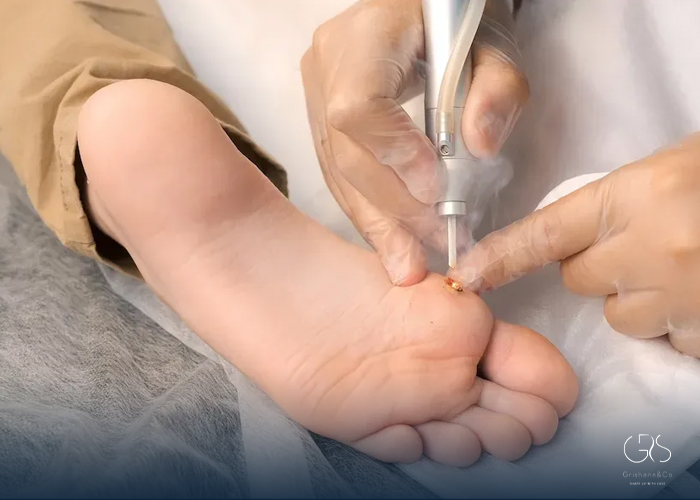
Immunotherapy:
Immunotherapy involves injecting antigens derived from the HPV virus directly into the wart. This method aims to trigger the body’s immune response and is typically used for highly persistent warts.
Electrosurgery:
Electrosurgery, or curettage, involves numbing the area around the wart and then scraping or burning it off with an electric current. This method is often used for large or stubborn warts.
Duct Tape Occlusion Therapy:
Duct tape occlusion therapy involves covering the wart with duct tape for an extended period to suffocate the virus. While the effectiveness of this method is not fully supported by scientific evidence, some individuals have reported success with duct tape as a home remedy for wart removal.
Apple Cider Vinegar:
Soaking a cotton ball in apple cider vinegar and applying it to the wart is a popular home remedy. The acidic nature of apple cider vinegar is believed to help break down the wart tissue over time.
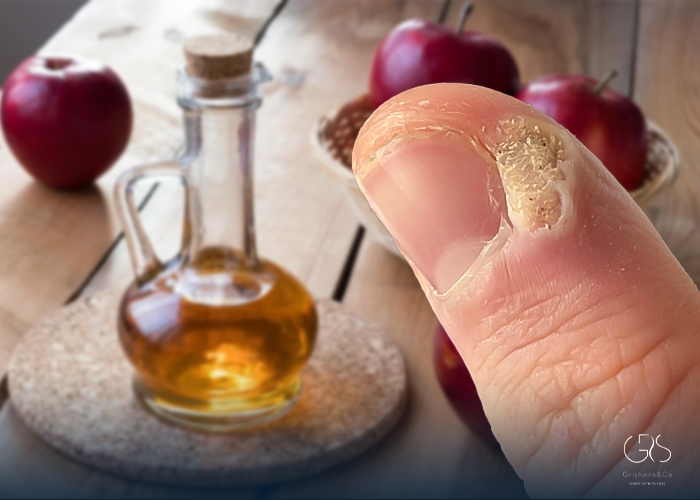
How To Prevent Warts:
Prevention is always better than treatment. While warts are highly contagious and can spread through direct and indirect contact, there are measures that individuals can take to reduce their risk of getting warts:
- Avoid touching warts on oneself or others
- Keep feet clean and dry to prevent plantar warts
- Wear shower shoes in communal areas to prevent plantar warts
- Use a barrier, such as a condom, during sexual activity to prevent genital warts
- Maintain good hand hygiene to reduce the risk of spreading warts
According to the Centers for Disease Control and Prevention, practicing good hand hygiene is essential for preventing the spread of warts.
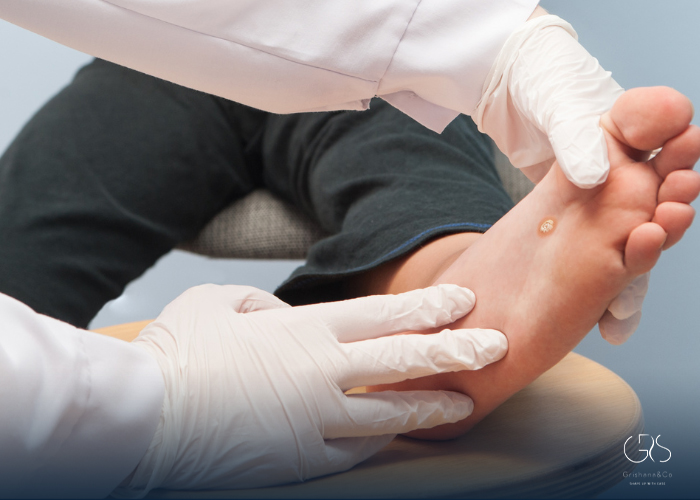
When To Contact a Healthcare Provider:
While many over-the-counter and home remedies are available for wart removal, it is important to seek medical advice in the following situations:
- Warts in sensitive areas such as the face or genitals
- Warts that are painful, bleeding, or changing in appearance
- Warts that persist despite home treatment
- For people with weakened immune systems or diabetes
Additionally, pregnant women should consult with a healthcare provider before using any wart removal treatment.
Conclusion:
In conclusion, removing warts can be a challenging process, but there are numerous effective treatment options available. It is important to consult with a healthcare provider to determine the best approach for each individual case. Furthermore, practicing good hygiene and taking preventive measures can help reduce the risk of getting warts in the first place. By understanding the different removal methods and taking proactive steps, individuals can successfully manage and prevent warts.
Sources
- Centers for DiControl and Prevention, When and How to Wash Your Hands
- American Academy of Dermatology Association, Common Warts


